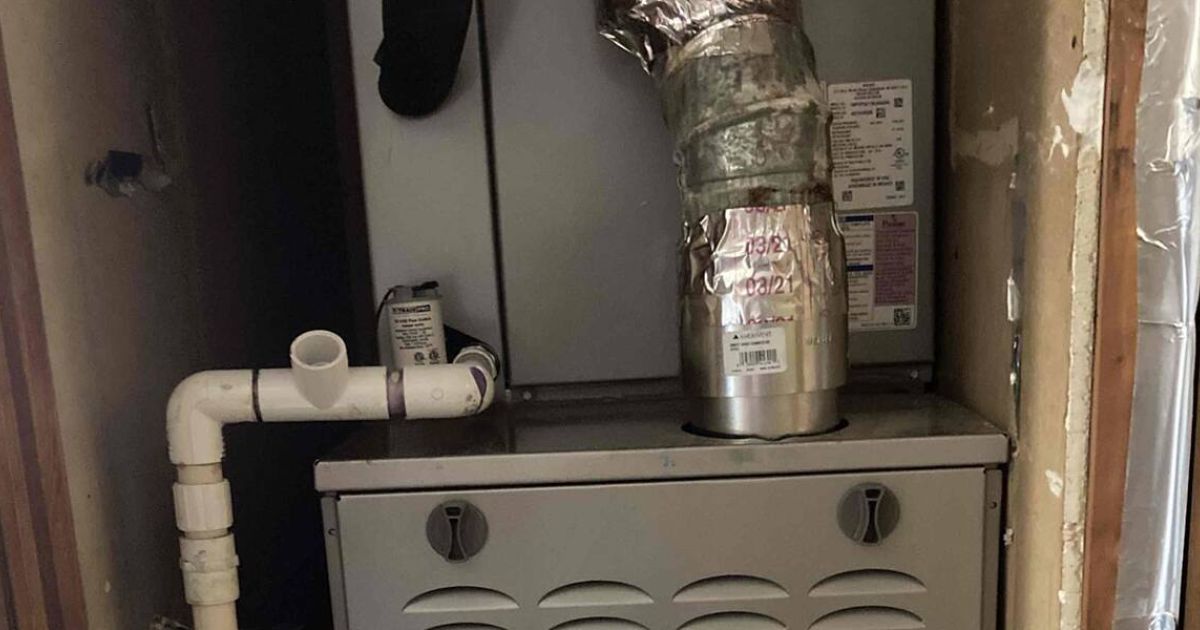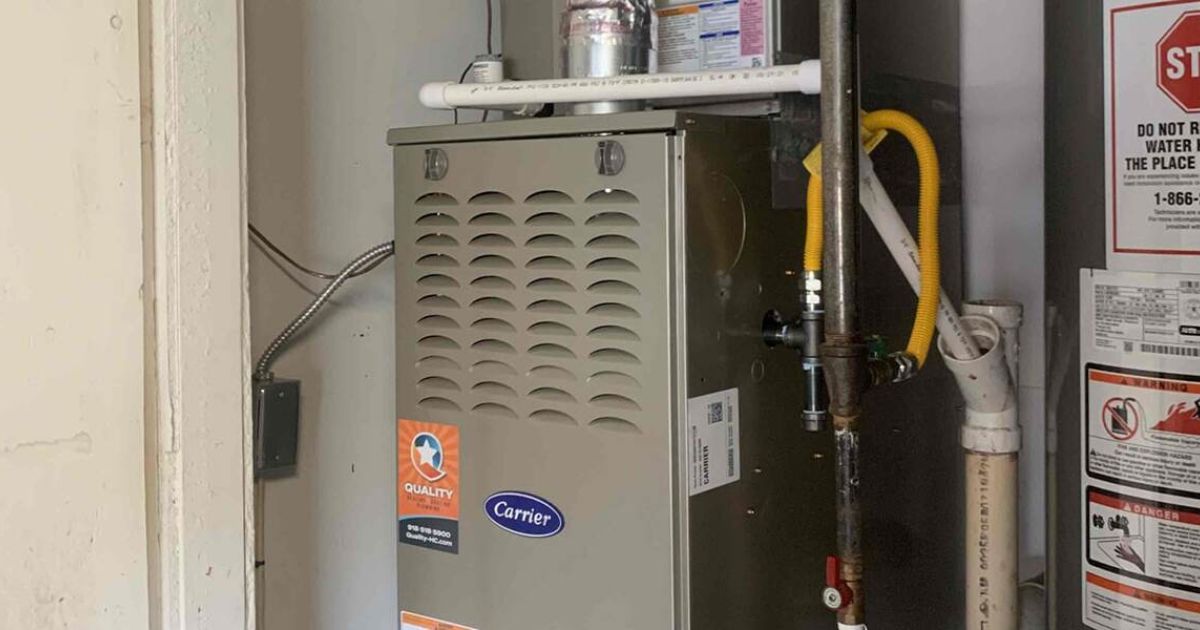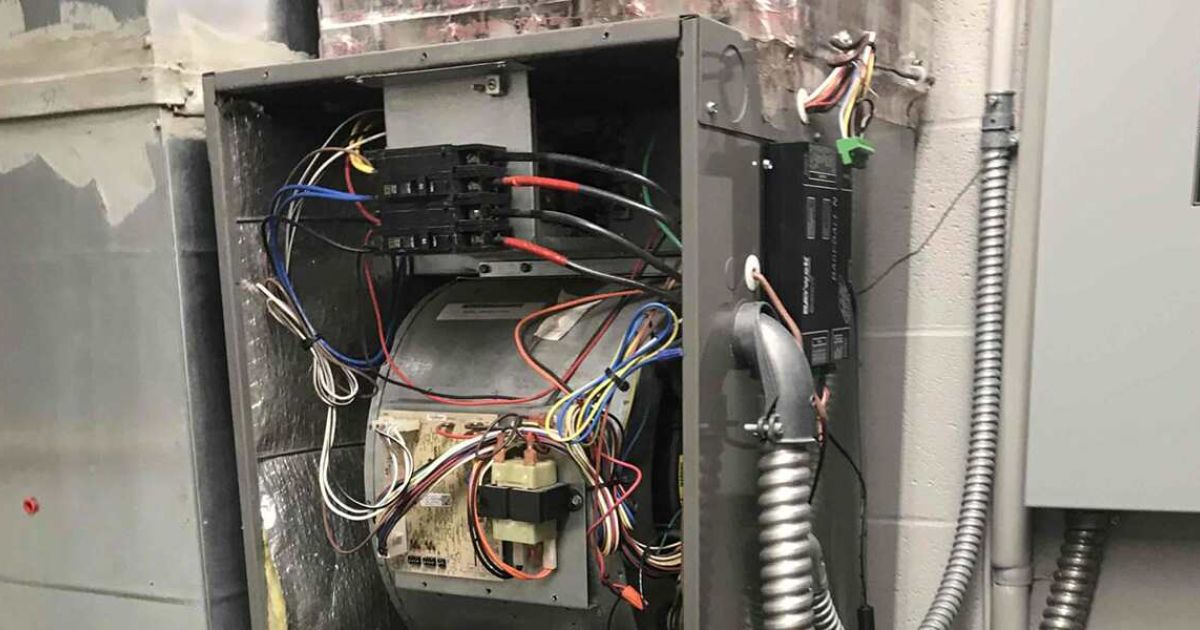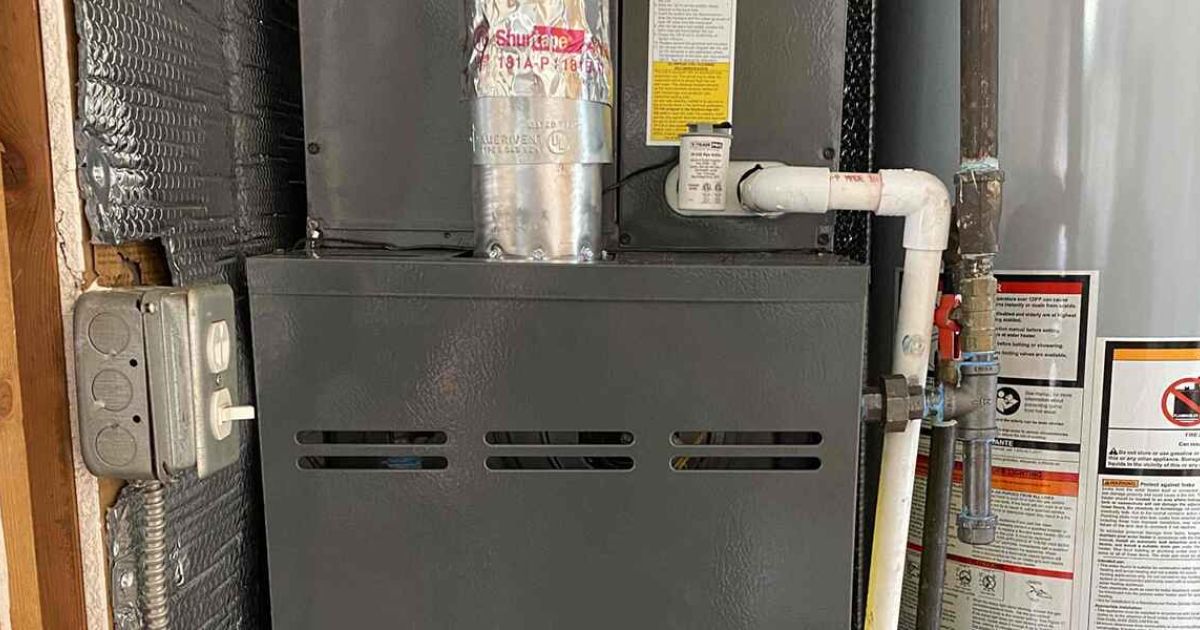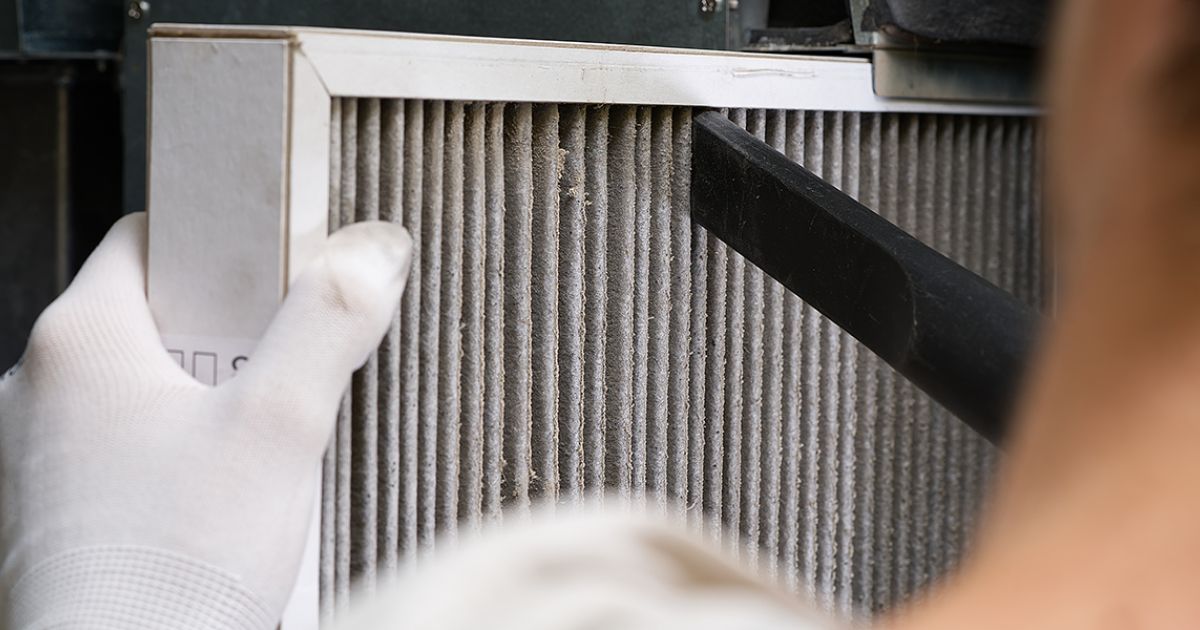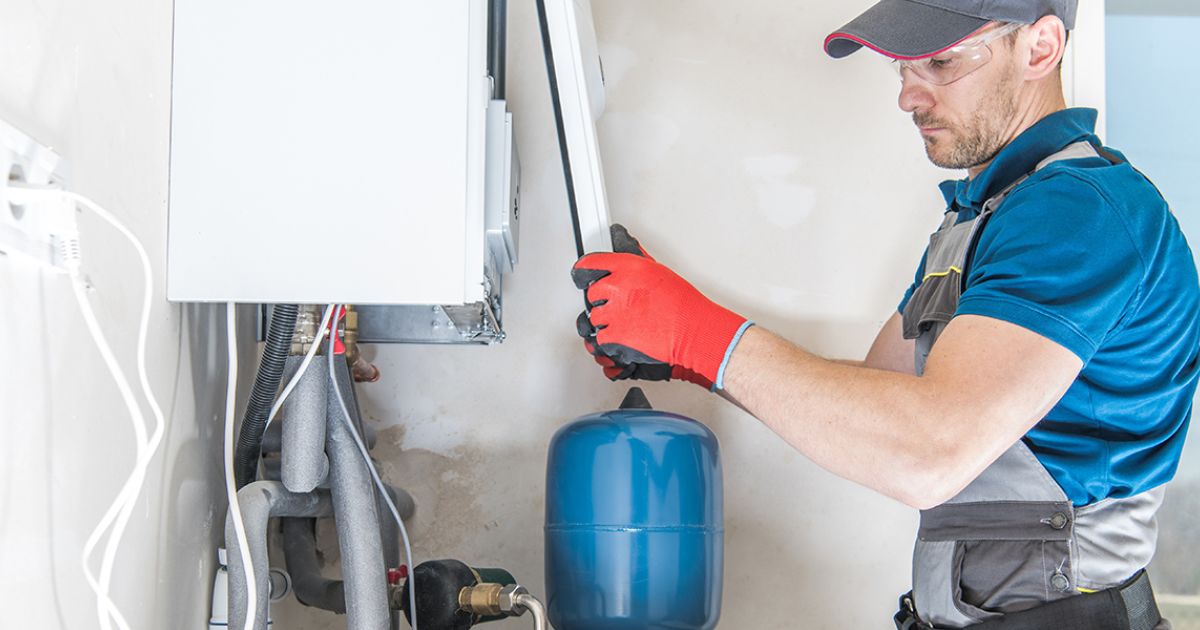Before starting a large HVAC project, it’s important to know all aspects involved, including know the different types of duct work available. There are four main types of duct work used in HVAC systems. All have one thing in common—transferring conditioned air to different parts of your home or commercial building. Each type has its benefits and disadvantages. Generally, duct work is either rigid or flexible. We’ll start with a breakdown of the common types of rigid ducts used for residential and commercial HVAC systems.
Rigid Duct Work
Either rectangular or cylindrical, rigid ducts come in various sizes. They don’t kink or bend and won’t tear, but are not suited for every type of installation. The materials that may be used for rigid duct work include:
- Sheet Metal: Metal ducts are made of galvanized steel or aluminum that is non-porous, which reduces the risk of bacteria or mold growth. The zinc coating with galvanized steel ducts can prevent rust, while the lightweight nature of aluminum is preferred for many applications.
While the interior of sheet metal ducts often attracts dust and other particles, cleaning the smooth interior surface is generally easy. But it’s recommended to have them professionally cleaned to ensure good air quality.
- Fiberglass: These are built similar to metal ducts but lined with fiberglass on the inside or outside. A fiberglass lining is insulating, which helps maintain air temperature, reduce noise, and prevent condensation. Fiberglass-lined ducts are popular in offices and other commercial spaces.
However, fiberglass is prone to deterioration and can release fiber particles into the air, which can cause health issues over time. Cleaning fiberglass-lined ducts is a challenge as they’re easily damaged, so they should be professionally serviced. The porous nature of fiberglass makes it more prone to mold and bacteria.
- Fiberboard: Fiberboard ductwork is made with boards of compressed resin. The compressed fiberglass fibers are sealed, preventing them from being released into the air. The result is a safer solution with insulating and sound dampening properties. Fiberboard ducts are typically the least expensive to install.
Since the interior surface is textured, dust and debris can get trapped and airflow issues can develop. There’s a tendency for mold and mildew growth in climates that are predominantly humid.
Flexible Air Ducts
Made of a steel spring coil wrapped in a helix and covered in flexible plastic, these ducts are less expensive than rigid types. However, they’re more versatile and easier to install. The 2-ply polymer plastic is extremely versatile. The ducts can be bent around obstructions, which makes them suitable for tight, awkward spaces. They’re also resistant to mold and rust, less likely to leak (but at a higher risk for puncture), and release no particles into the air.
The disadvantages of flexible ductwork include its susceptibility to kinks and bends, which can restrict airflow and reduce system efficiency. The ducts also have internal ridges that can disrupt airflow. Another potential for airflow issues is if there are too many bends and sharp turns, so professionals recommend shorter lengths of flexible duct.
Contact Quality Heating Cooling & Plumbing
Specializing in all types of AC and heating services in Glenpool, OK, we can help determine the best type of duct work for your home, business, or commercial facility. Our skilled technicians can handle any job and install, repair, or replace your duct work. We also offer 24-hour emergency service plus flexible financing options that let you pay monthly. If you have questions or need information, submit your inquiry online, or feel free to call us directly at 918-393-3184.

Cassie Pound is the Vice President of Quality Heating, Cooling, Plumbing & Electric with locations in Tulsa, Glenpool, and Bartlesville, Oklahoma.


